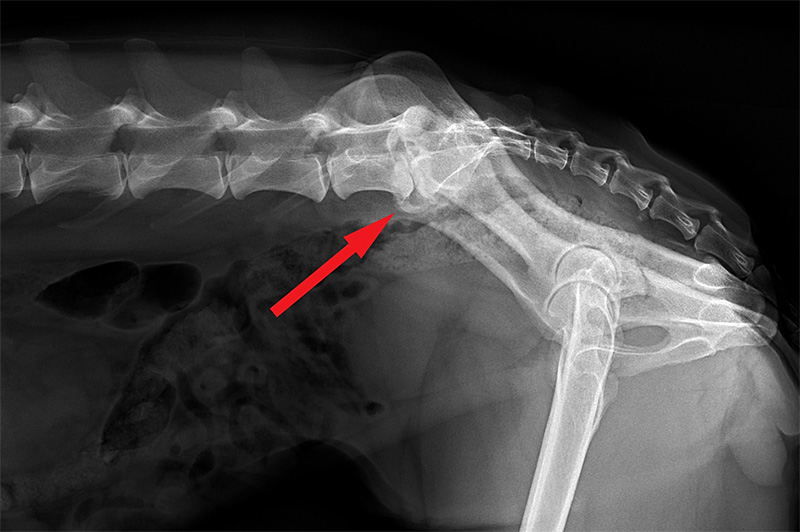
Tierarztpraxis orthoVET Das CaudaequinaSyndrom beim Hund
Cauda equina syndrome is a particularly serious type of nerve root problem. This is a rare disorder where there is pressure on the nerves at the very bottom of the spinal cord. The collection of nerves at the bottom of the spinal cord is called the cauda equina because it is said to look like a horse's tail. Cauda equina means horse's tail in.

De la Veterinaria Espondiloartritis de la columna en un Boxer, Cauda equina
Also known as cauda equina or lumbosacral stenosis, cauda equina in dogs is a degenerative disease that affects the lumbosacral joint, i.e. where the hip ends and the tail of the dog begins (vertebrae L7-S1). As these bones degenerate, the spinal cord canal narrows and becomes compressed. This condition causes severe pain in the area and.
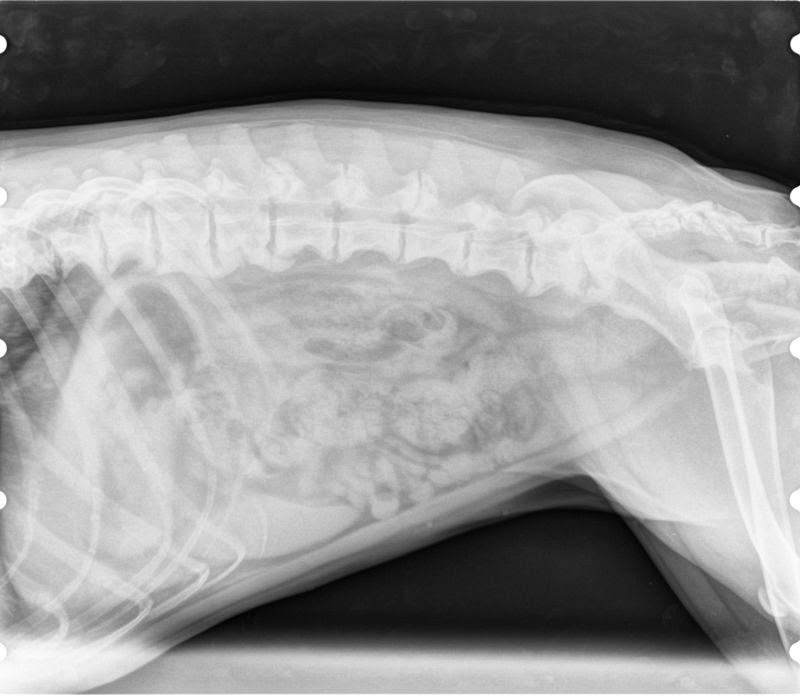
Nuestros Dogos EL SÍNDROME DE CAUDA EQUINA
Cauda equina syndrome (CES) is a condition that occurs when the bundle of nerves below the end of the spinal cord known as the cauda equina is damaged. Signs and symptoms include low back pain, pain that radiates down the leg, numbness around the anus, and loss of bowel or bladder control. Onset may be rapid or gradual. The cause is usually a disc herniation in the lower region of the back.
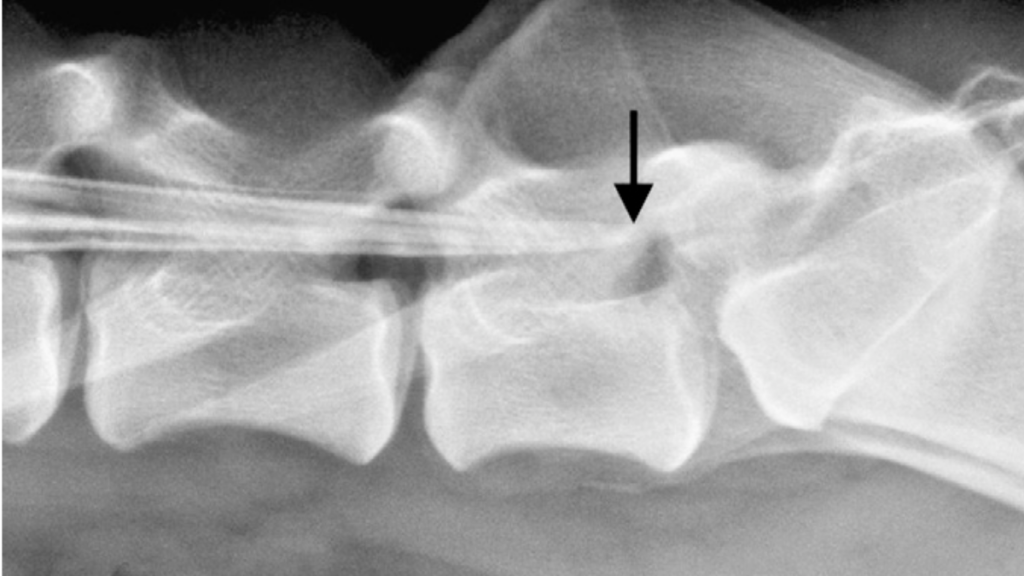
Síndrome da cauda equina em pets Tudo que você precisa saber
El síndrome de la Cauda Equina en el Perro. El Síndrome de la Cauda Equina (S.C.E) es un conjunto de síntomas provocados por la compresión o destrucción de las raíces nerviosas que forman la cauda equina o cola de caballo. La cauda equina es un conjunto de raíces nerviosas que quedan justo después de que se acabe la médula espinal.
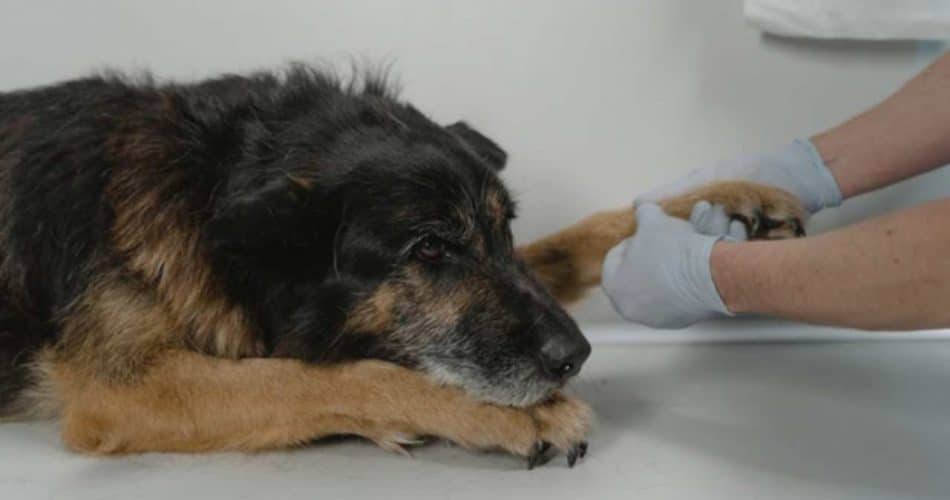
Síndrome de cauda equina en perros todo lo que necesitas saber Vida con Mascotas ️
This paucity of clinical cases poses a challenge for its diagnosis and management in patients with cauda equina syndrome after aneurysmal SAH. We present a case of acute cauda equina syndrome caused by a SSH after aneurysmal SAH. The clinical aspect, radiological images, pathogenesis, and management are described in this report.

Cauda Equina Syndrom Welche Hunderassen sind gefährdet und wie sind die Symptome? YouTube
Cauda Equina is a relatively rare condition and therefore data on long term outlook is limited. CES can affect people both physically and emotionally, particularly if it is chronic. People with CES may no longer be able to work, either because of severe pain, socially unacceptable incontinence problems, motor weakness and sensory loss - or a.
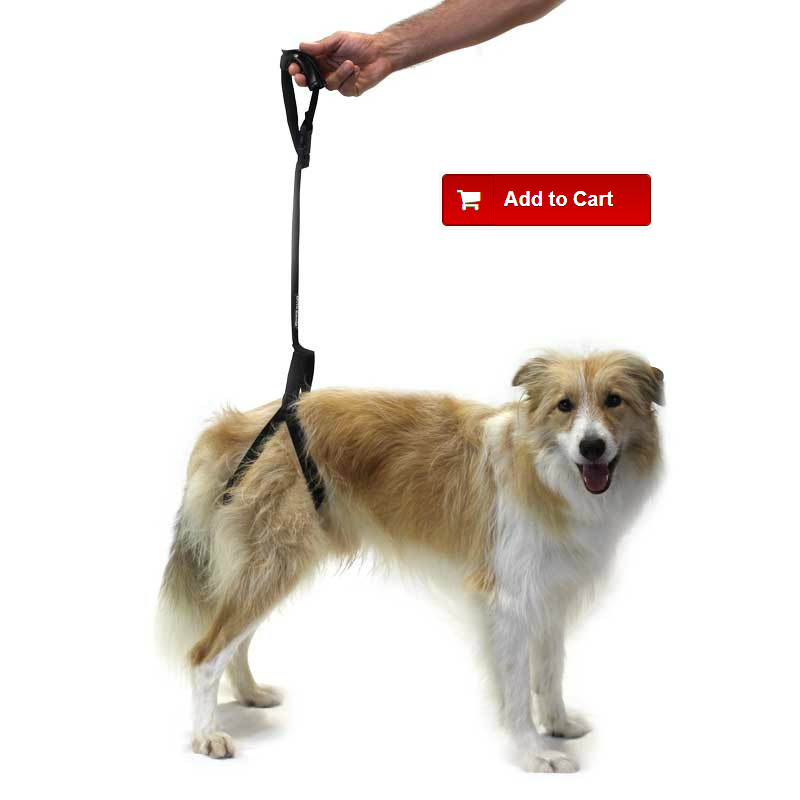
Cauda Equina Syndrome in dogs
La cauda equina en perros es un proceso degenerativo de carácter crónico que se presenta en animales de raza grande de avanzada edad, manifestando unos signos clínicos perceptibles una vez que la enfermedad ha avanzado, por lo que un diagnóstico precoz es imprescindible para la elección de la terapia más adecuada. Saber más.

Cauda Equina Syndrome in Dogs Urban Animal Veterinary Hospital Houston Heights Vet
Cauda equina syndrome (CES) is caused by compression of the lumbosacral nerve roots of the cauda equina. CES is a neurosurgical emergency, and delays in diagnosis and treatment may lead to permanent disability. Features of CES include: low back pain; bilateral or unilateral sciatica; progressive.
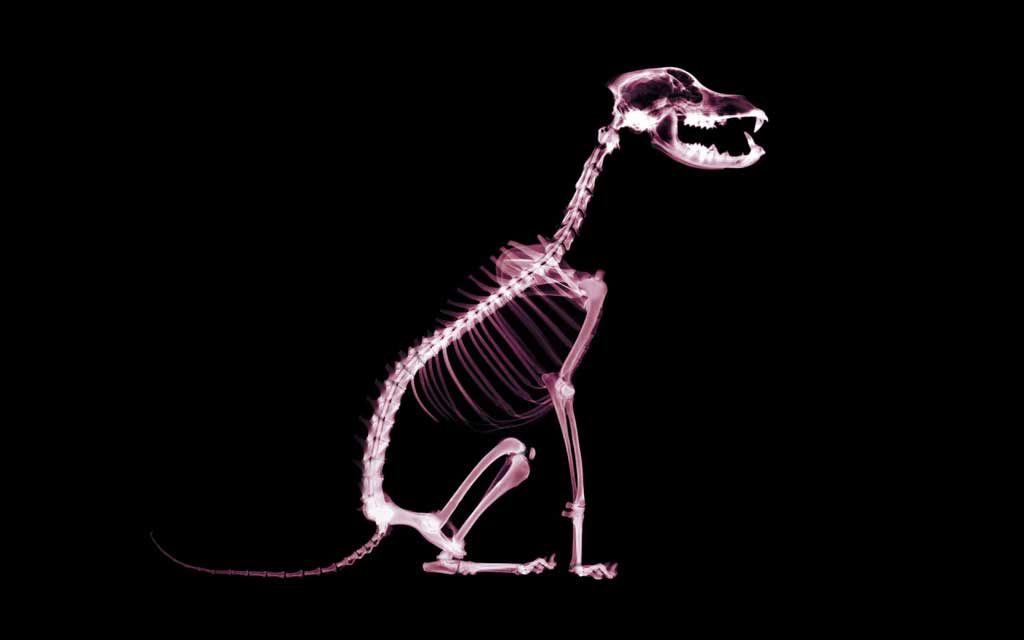
Cauda equina en perros www.doogweb.es
Síntomas de cauda equina en perros. Los síntomas que presenta un perro con cauda equina pueden ser muy amplios, además de presentar signos clínicos inespecíficos, tales como intolerancia o reducción del ejercicio, apatía, rechazo a dar largos paseos, nerviosismo o agresividad, suelen presentar los siguientes signos clínicos ortopédicos.
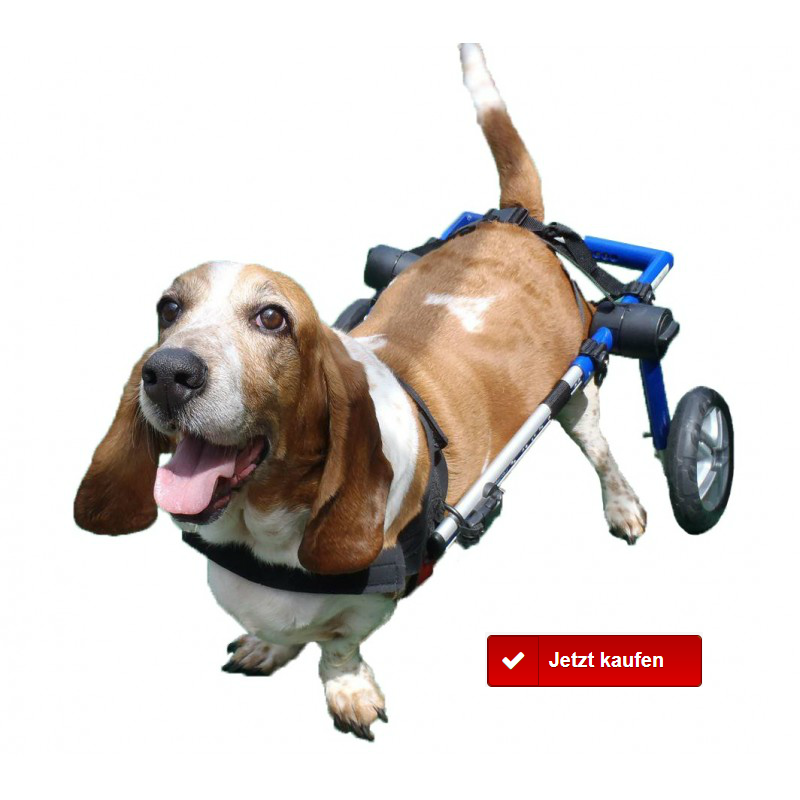
Das CaudaequinaSyndrom bei Hunden
Cauda equina syndrome (CES) is a rare but serious condition that affects the bundle of nerve roots at the end of the spinal cord. This article reviews the current literature on the epidemiology, pathophysiology, diagnosis, and treatment of CES, as well as the outcomes and complications. It also discusses the challenges and controversies in managing this complex disorder.

Cauda Equina en Perros o Estenosis Degenerativa Lumbosacra YouTube
Spinal subarachnoid hematoma (SSH) is a known but rare entity that can cause cauda equina compression. The occurrence of SSH associated with aneurysmal subarachnoid hemorrhage has rarely been described in the literature. A 56-year-old woman presented with subarachnoid hemorrhage secondary to a ruptured middle cerebral artery aneurysm and was managed with coiling embolization without stent.

Síndrome de cauda equina KinesBlog
Tratamiento quirúrgico de la cauda equina en perros. Cuando se prevé recuperar movilidad y calidad de vida en el can (o cuando la medicación no funciona), intervenir quirúrgicamente la zona es una solución válida. El objetivo es descomprimir la médula espinal. El procedimiento elegido se denomina laminectomía dorsal.

Cauda equina en Perros. Síntomas Blog
Lumbosacral Stenosis and Cauda Equina Syndrome in Dogs. A dog's spine is composed of multiple bones with disks located in between adjacent bones called vertebrae. Seven cervical vertebrae are located in the neck (C1-C7), 13 thoracic vertebrae are present from the shoulder to the end of the ribs (T1-T13), seven lumbar vertebrae are present in.
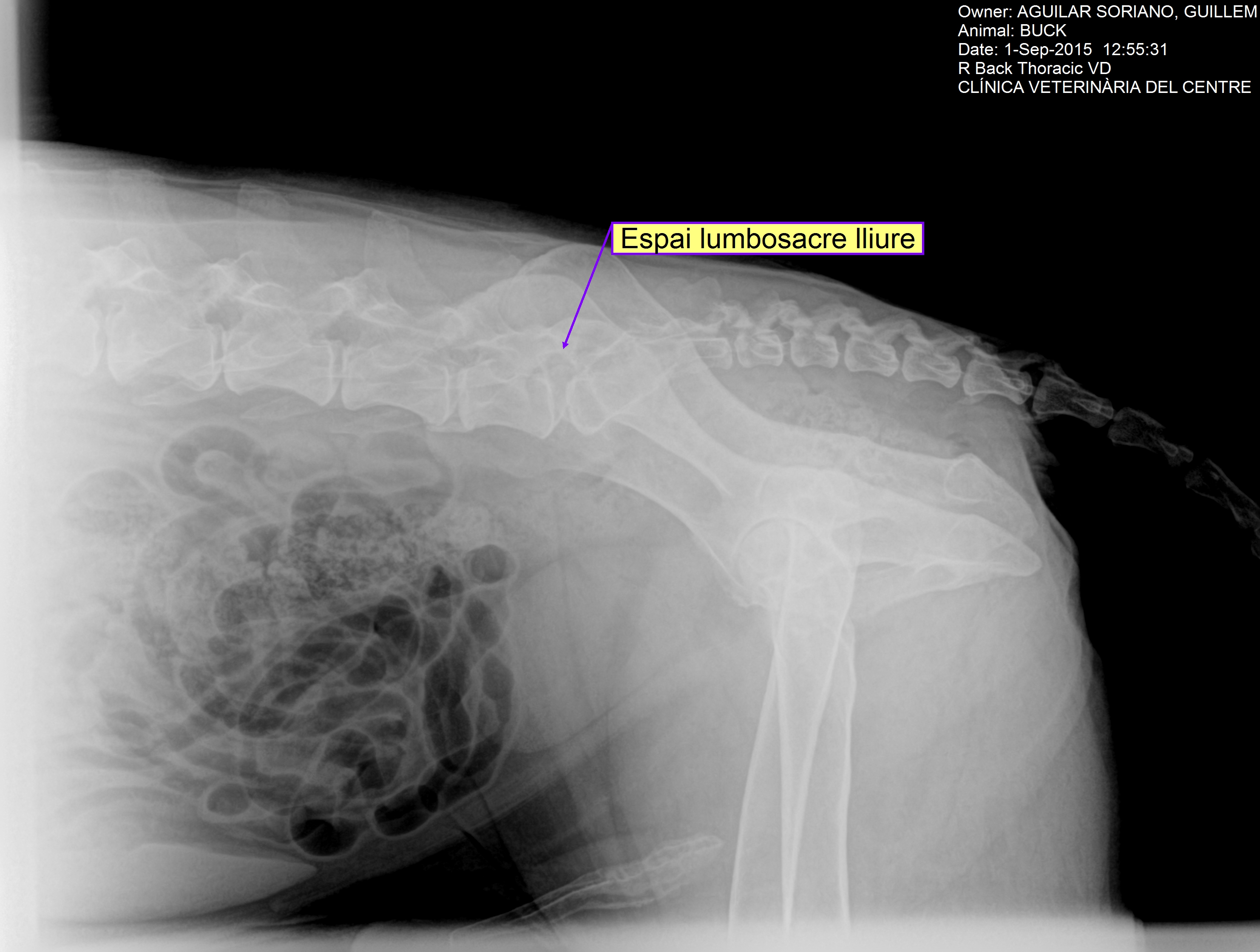
ampliar Demonio tinción sindrome cauda equina perros secretamente prisión diente
The cauda equina syndrome (CES), also reported as cauda equina compression or degenerative lumbosacral stenosis (DLS) in the literature, is a neurological disorder that
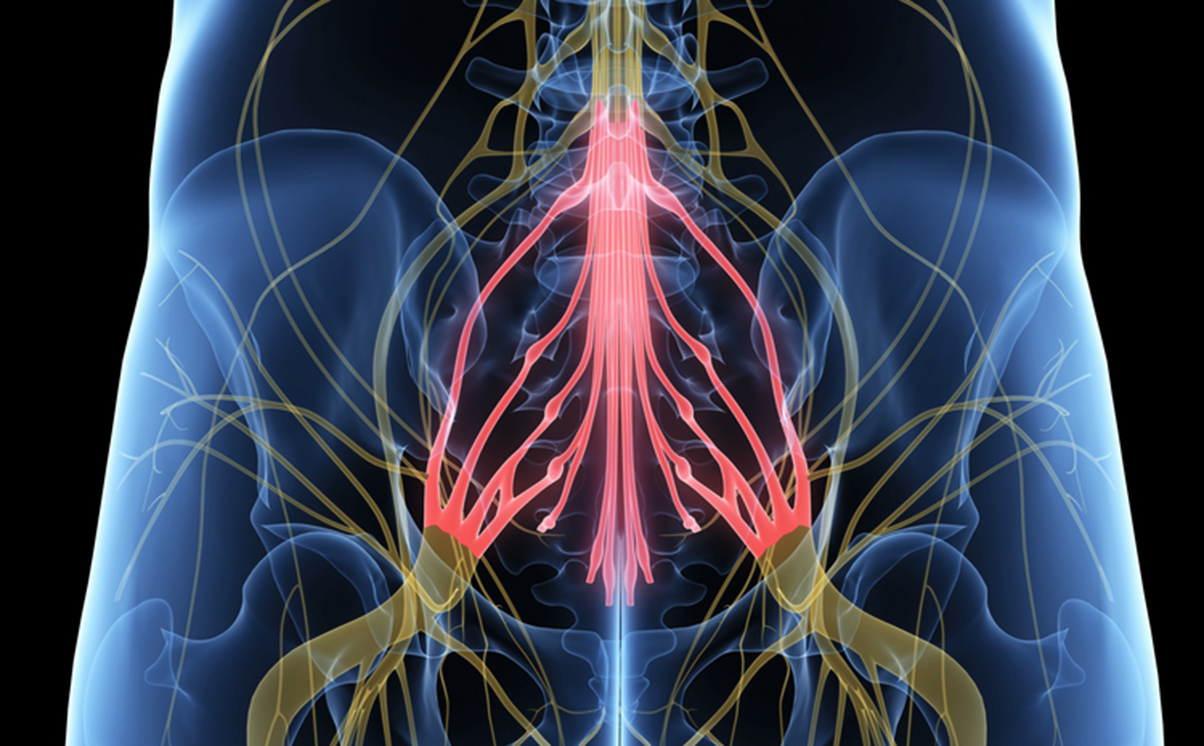
Can Dogs Get Cauda Equina Syndrome
Síntomas de la cauda equina en perros. Dolor al caminar. Dificultad al levantarse. Cojera. El perro rechaza el paseo o lo acorta queriendo volver a casa. Cola muerta: los perros con cauda equina no mueven la cola ni siquiera para saludar. Los machos dejan de levantar la pata al orinar. Arrastrar las uñas al caminar.

Disorders of the Cauda Equina Veterian Key
Cauda equina syndrome is a rare disorder that usually is a surgical emergency. In patients with cauda equina syndrome, something compresses on the spinal nerve roots.